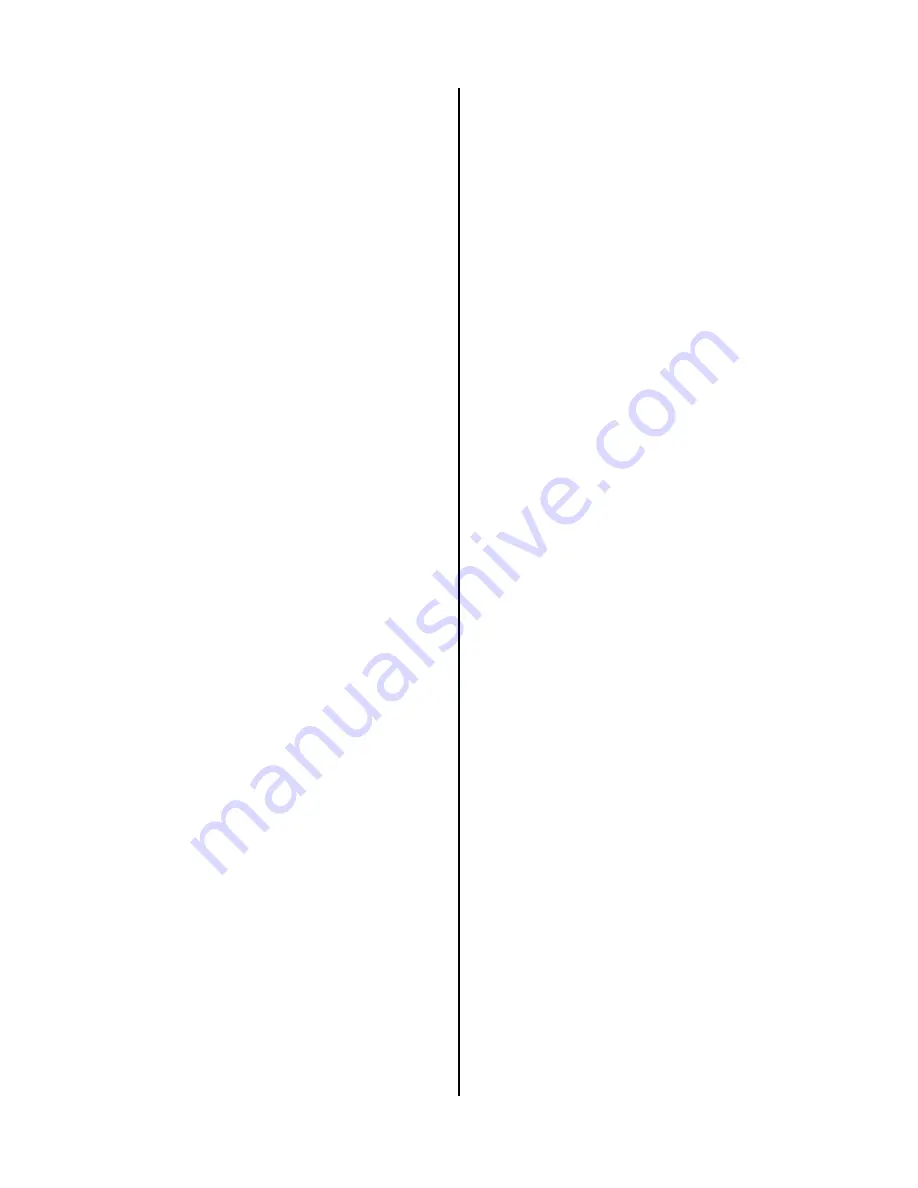
Nieuport
11
Bebe
49”
Page
2
Copyright©
2005
‐
11
M.K.
Bengtson
All
Rights
Reserved
Rev
07/11
Nieuport
11
Bebe
49”
Thank
you
for
purchasing
the
Nieuport
11
Bebe
model
plans
for
electric
flight.
Very
few
modellers
can
be
unfamiliar
with
the
Nieuport
range
of
vee
strutted
fighter
aircraft
of
WW1,
and
the
Nieuport
11
is
the
one
that
got
them
all
started.
Although
originally
designed
as
a
pre
war
racing
plane,
she
was
developed
into
one
of
the
several
types
that
brought
about
the
end
of
the
‘Fokker
Scourge’,
a
very
dark
era
for
allied
airmen.
Built
both
in
France,
and
under
licence
in
Italy,
and
used
by
most
of
the
allied
nations
armed
forces,
there
are
many
colour
schemes
available
to
us
as
modellers,
and
many
minor
variations
in
detail
to
enable
each
model
to
be
slightly
different.
You
could
even
build
her
as
the
more
powerful
N16,
as
used
by
the
Belgian
forces,
although,
because
of
the
bigger
engine,
they
did
have
the
habit
of
diving
headlong
if
the
engine
cut.
THE
MODEL
As
with
other
models
in
this
range,
the
N11
is
not
intended
as
an
exact
scale
model.
It
has
been
simplified
slightly,
so
that
while
it
still
coveys
the
‘feel’
of
the
full
size
aircraft,
it
remains
easy
to
build
and
pleasant
to
fly.
Designed
to
use
a
relatively
inexpensive
power
set
up,
with
mini
servos
to
keep
the
weight
down,
she
is
an
ideal
entry
into
slightly
larger
electric
powered
scale
models,
without
involving
huge
expense
for
the
builder.
SPECIFICATIONS
More
than
150
laser
cut
parts
Scale:
1/6
Channels:
R/E/A/T
Wingspan:
49
ʺ
Wing
Area:
570
sq
in
Weight:
61
oz
Power
System:
Speed
600BB
Olympus
belt
drive;
2.3:1
Prop:
12x8
Wheels:
Balsa
&
plywood,
Neoprene
foam
tires
Airfoil
Type:
Flat
bottomed
Cowl:
Built
up
balsa
and
plywood
Spinner:
N/A
Designer:
Peter
Rake/M.K.
Bengtson
WINGS
To
ease
the
builder
into
this
model,
the
bottom
wings
are
where
we
start
construction.
They
are
quite
easy
to
build,
and
won’t
take
up
too
much
space
once
completed.
Make
up
the
entire
strut
and
wing
plates
from
the
aluminium
strip
supplied
so
that
they
are
readily
to
hand
when
you
need
them.
Roughen
all
gluing
areas
with
coarse
sand
paper
to
provide
a
key.
BOTTOM
WING
Begin
the
actual
construction
by
pinning
down,
over
the
plan,
the
lower
trailing
edge
strip,
the
wingtip,
the
spar
and
the
leading
edge,
gluing
as
required.
Make
up
the
rib
doubler
by
notching
it
to
accept
the
strut
plate
and
EPOXY
the
strut
rib,
strut
plate
and
doubler
together
as
indicated
on
the
plan.
Now,
using
the
rib
angle
gauge
to
set
up
the
root
rib,
glue
all
the
wing
ribs
in
place.
With
the
exception
of
the
root
rib,
all
ribs
should
be
vertical
to
the
building
board.
Glue
in
place
the
1/8”
balsa
tip
gusset,
and
the
1/8”
ply
mounting
plates
and
allow
to
dry
thoroughly
before
proceeding.
Remove
the
wing
from
the
board
and
trim
the
rear
of
the
lower
trailing
edge
to
follow
the
line
of
the
ribs,
before
pinning
the
wing
back
over
the
plan.
Add
the
upper
trailing
edge
strip
and
the
1/16”x3/16”
cap
strips,
and
once
again
allow
to
dry.
Repeat
the
process
for
the
opposite
wing
panel,
and
then
trim
and
sand
the
wings
to
shape.
Note
that
the
wing
tip
is
trimmed
down
to
mate
accurately
with
the
trailing
edge.
The
locating
dowels
may
be
added
now,
or
left
until
after
the
wing
panels
are
covered.
TOP
WING
Please
note
that
the
aileron
is
built
integral
with
the
top
wing,
only
being
separated
after
the
panels
have
been
trimmed
and
sanded
to
shape.
As
with
the
bottom
wings,
pin
down
the
leading
edge,
lower
trailing
edge
strip,
bottom
spars
and
wing
tip
pieces,
gluing
as
required.
Also
pin
down
and
glue
the
centre
section
cut
out
laminations.
Laminate
up,
and
trim
to
shape
the
balsa
and
ply
wing
joiner
brace
and
glue
it
securely
against
the
lower
main
spar.
Glue
all
the
main
ribs
in
place;
ensuring
that
they
are
upright,
but
DO
NOT
add
the
aileron
ribs
at
this
stage.
Glue
the
top
spars
in
position,
followed
by
the
vertical
grain
spar
web
pieces
and
the
1/8”
balsa
false
trailing
edge.
Add
the
tip
gusset,
hatch
blocks,
ply
mounting
plates,
doubler
and
wing
bolt
support
block,
and
then
SPOT
GLUE
the
aileron
leading
edge
to
the
false
trailing
edge,
while
gluing
it
securely
to
the
aileron
tip.
Now,
glue
in
place
the
aileron
ribs
and
horn
support
piece,
and
allow
to
dry
completely.























